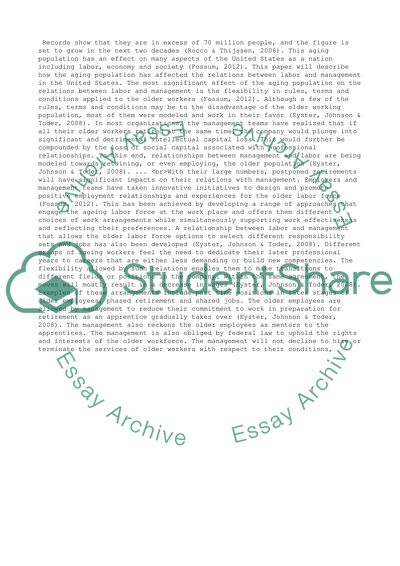Cite this document
(“How Has the Aging of Our U.S. Population Affected Labor/Management Essay”, n.d.)
Retrieved from https://studentshare.org/management/1467456-how-has-the-aging-of-our-us-population-affected
Retrieved from https://studentshare.org/management/1467456-how-has-the-aging-of-our-us-population-affected
(How Has the Aging of Our U.S. Population Affected Labor/Management Essay)
https://studentshare.org/management/1467456-how-has-the-aging-of-our-us-population-affected.
https://studentshare.org/management/1467456-how-has-the-aging-of-our-us-population-affected.
“How Has the Aging of Our U.S. Population Affected Labor/Management Essay”, n.d. https://studentshare.org/management/1467456-how-has-the-aging-of-our-us-population-affected.


